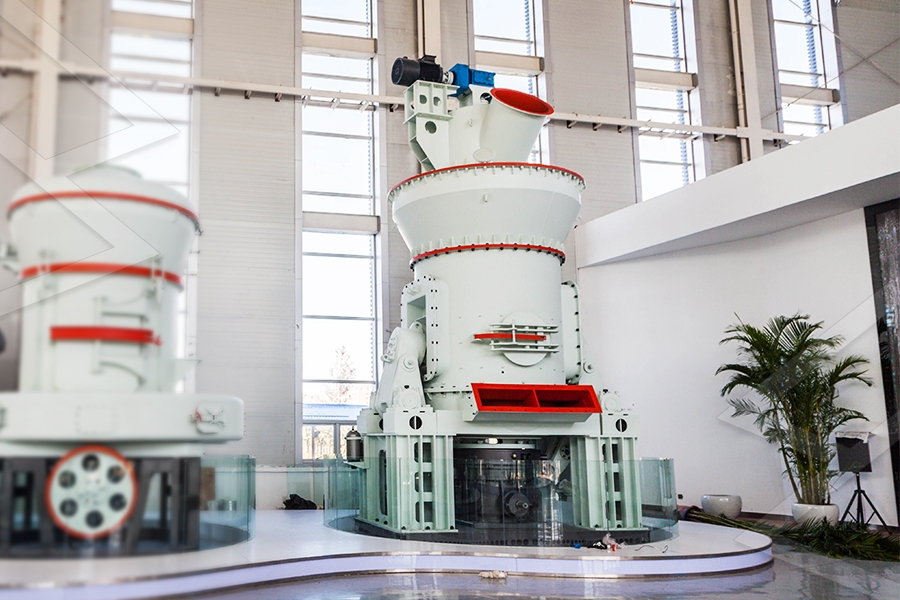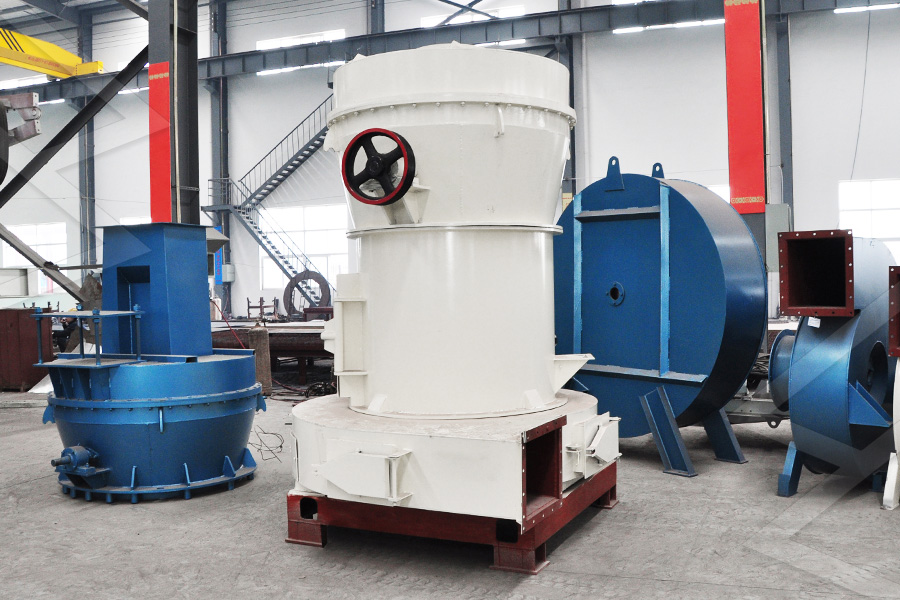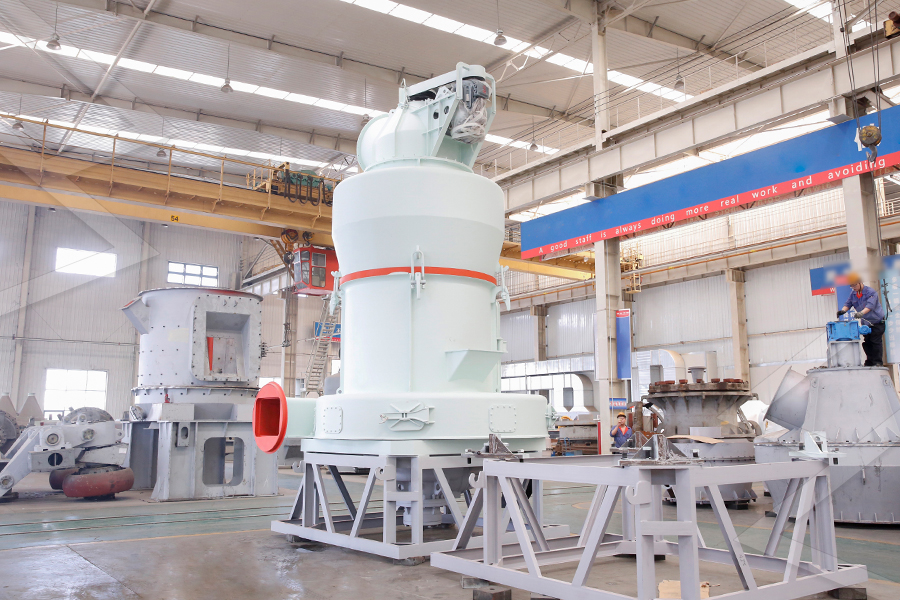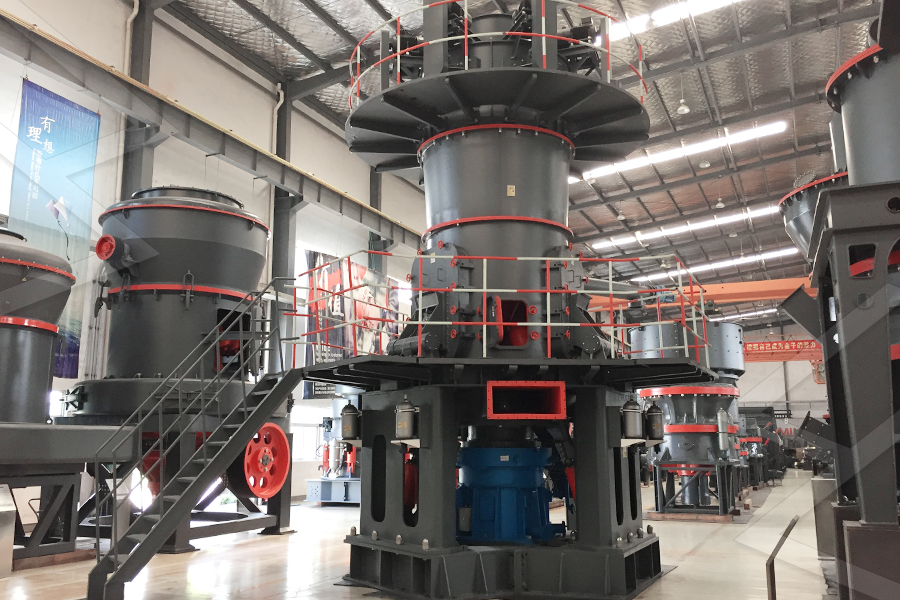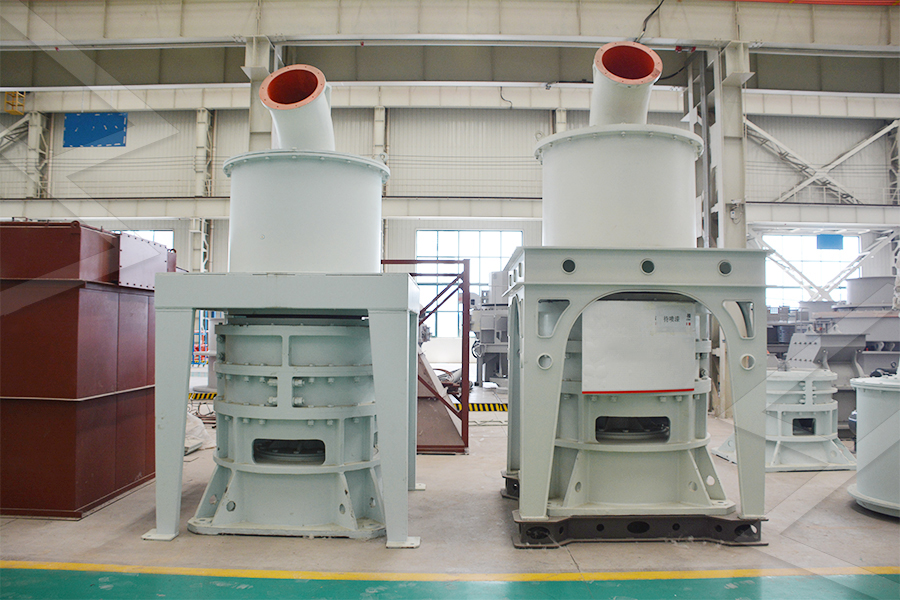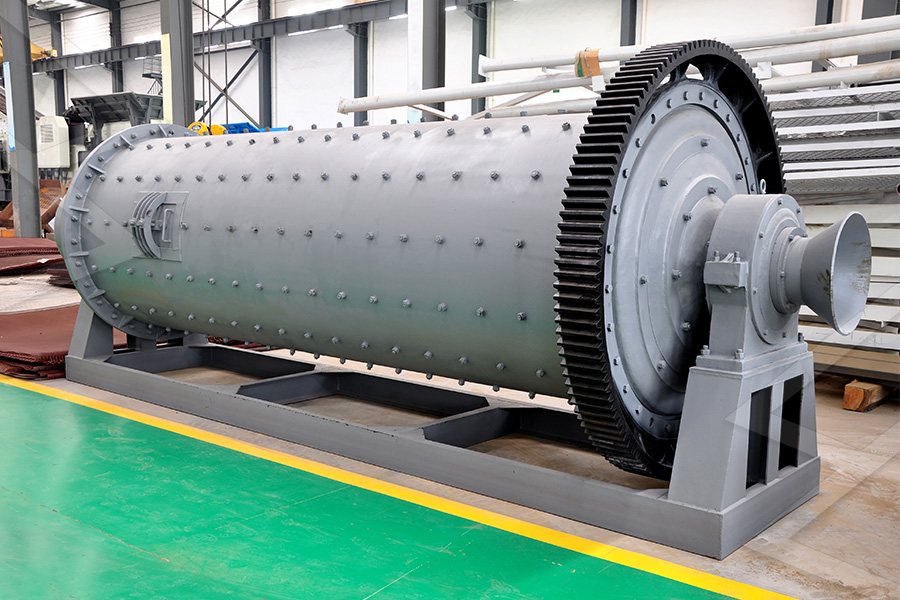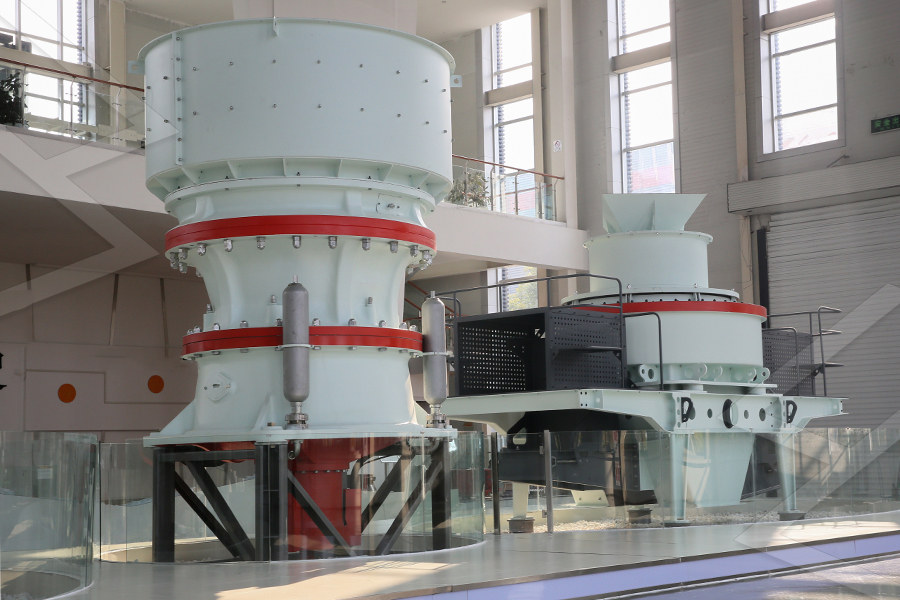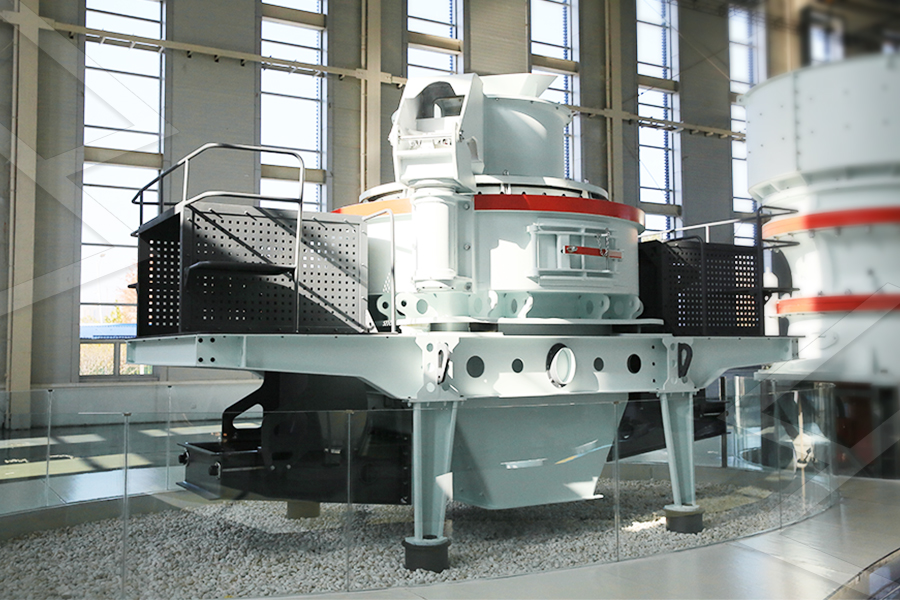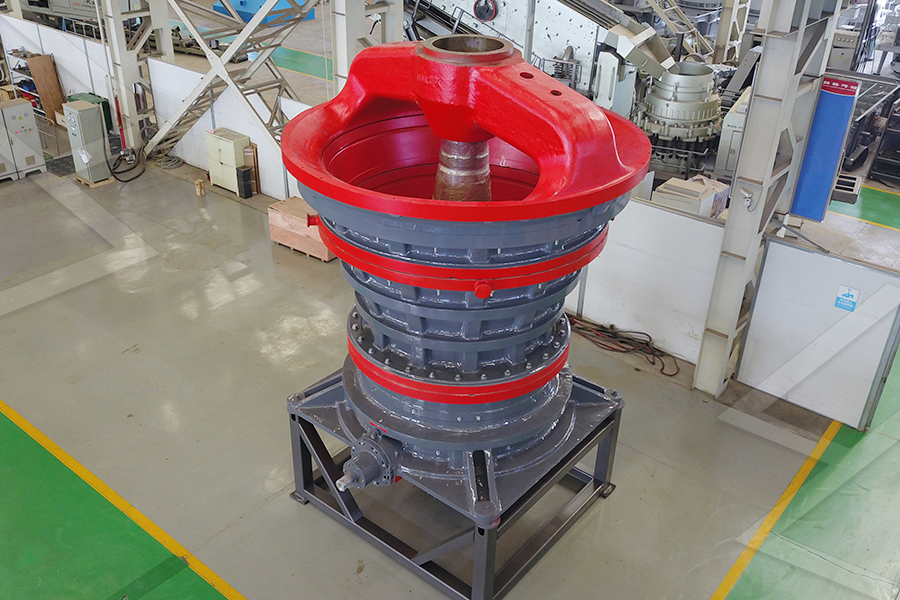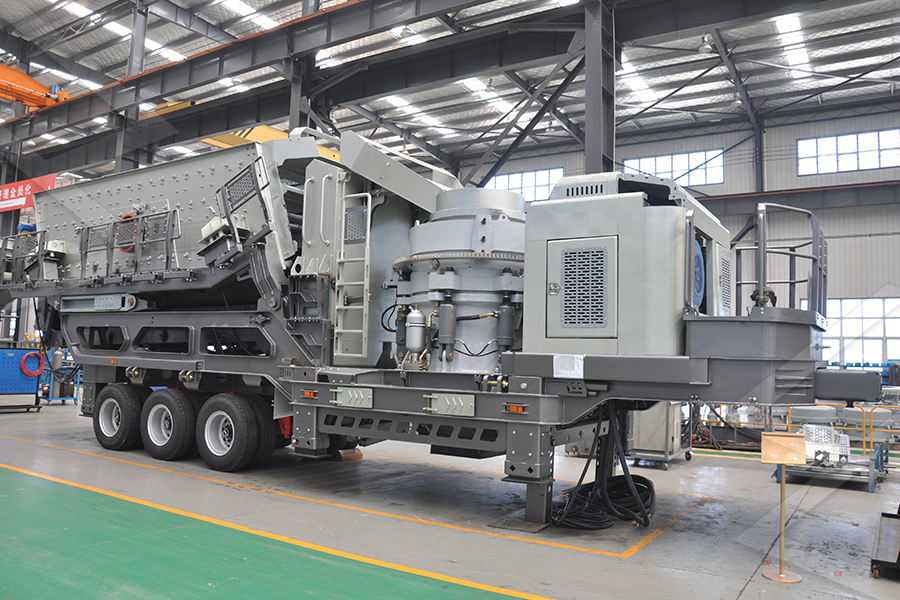Controlling Parameter of Limestone Vertical Roller Mill
Introduction
Are you looking to optimize your limestone grinding process and increase productivity? Look no further than the limestone vertical roller mill. This innovative technology has revolutionized the way limestone is processed, offering numerous benefits over traditional grinding mills. In this blog post, we will explore the key operating parameters of a limestone vertical roller mill and how they can be controlled and adjusted for optimal performance. We will also delve into various optimization techniques that can help you achieve superior parameter control. So, let's dive in and uncover the secrets behind this game-changing technology! Get ready to take your limestone grinding to new heights with the power of vertical roller milling!
Overview of Limestone Vertical Roller Mill
Limestone vertical roller mill is a specialized equipment for grinding limestone into fine powder. It is designed to grind and dry various types of materials with high efficiency and low energy consumption. The mill consists of a rotating grinding table, rollers that apply pressure to the material, and a classifier system to separate the ground product from the oversized particles.
One of the key advantages of using a limestone vertical roller mill is its ability to produce uniform particle size distribution. This ensures consistent quality in the final product, making it suitable for various applications such as cement production, power generation, and construction materials.
The operating parameters play a crucial role in determining the performance of the mill. These include factors like feed size, mill speed, and grinding pressure. By controlling these parameters effectively, operators can optimize the milling process to achieve desired output capacity and fineness.
To control parameter variations during operation, advanced control systems are employed. These systems continuously monitor key variables such as power consumption, output rate, and fineness of grind. Based on this data analysis and modeling techniques are used to adjust process parameters in real-time.
Successful case studies have demonstrated how effective parameter control can lead to improved productivity and energy efficiency in limestone vertical roller mills. By optimizing these parameters through advanced control techniques like process monitoring and optimization or data analysis models you can achieve better results.
Benefits of Limestone Vertical Roller Mill
The limestone vertical roller mill offers numerous benefits that make it an ideal choice for processing limestone. First and foremost, this type of mill is highly efficient in grinding the material to a fine powder. The use of vertical roller mills ensures a more uniform particle size distribution, resulting in improved product quality.
One major advantage of using a limestone vertical roller mill is its ability to dry materials during the grinding process. This eliminates the need for additional drying equipment, saving both time and energy. Additionally, the controlled temperature inside the mill helps prevent excessive moisture build-up, which can negatively affect the final product.
Another benefit of utilizing a limestone vertical roller mill is its versatility. Unlike traditional ball mills or hammer mills, this type of mill can handle various types of feed materials with different hardness levels. Whether it's soft limestone or hard clinker, the vertical roller mill can effectively grind them all.
Furthermore, operating costs are significantly reduced when using a limestone vertical roller mill compared to other grinding systems. The lower power consumption and maintenance requirements contribute to overall cost savings while maintaining high productivity levels.
The benefits offered by a limestone vertical roller mill are undeniable. From improved product quality and drying capabilities to increased versatility and cost-effectiveness, this technology has revolutionized limestone processing in many industries.
Key Operating Parameters
When it comes to operating a limestone vertical roller mill, there are several key parameters that play a crucial role in achieving optimal performance. These parameters not only affect the efficiency and productivity of the mill but also have an impact on the quality of the final product.
One such parameter is the mill feed size. The size of limestone particles fed into the mill can greatly influence its grinding efficiency. It is important to ensure that the feed size is within a specified range for optimal results.
Another important parameter is the mill speed. The rotational speed of the grinding table can directly affect both the grinding capacity and energy consumption of the mill. Finding the right balance between speed and output is essential for maximizing productivity while minimizing power consumption.
Mill grinding pressure is another critical parameter that needs careful control. Too high or too low pressure can result in inefficient grinding and reduced fineness of the ground limestone. Maintaining an optimum level of pressure ensures consistent performance and desired particle size distribution.
Controlling and adjusting these parameters requires expertise and careful monitoring. Regularly measuring specific power consumption provides valuable insights into energy usage, which can be used to optimize milling operations.
Monitoring mill output helps track production rates, allowing operators to identify any deviations from target levels promptly. Adjustments can then be made to maintain consistent output throughout operation periods.
The fineness of ground limestone particles also plays a vital role in determining product quality. Fine-tuning milling parameters ensures that desired particle sizes are achieved consistently, meeting customer specifications efficiently.
Understanding and controlling key operating parameters are essential for optimizing limestone vertical roller mills' performance. By carefully managing variables such as feed size, speed, pressure, power consumption, output, and fineness - operators can achieve efficient production while maintaining high-quality standards in their end products.
Mill Feed Size
Mill Feed Size is an important parameter to consider when operating a Limestone Vertical Roller Mill. The feed size refers to the particle size of the material that is fed into the mill for grinding. It plays a crucial role in determining the efficiency and productivity of the mill.
A smaller feed size allows for better grinding action, as it increases the surface area of the limestone particles, resulting in more efficient rock-to-rock contact. This leads to finer and more consistent grind sizes.
On the other hand, if the feed size is too large, it can cause problems such as excessive wear on mill components and reduced overall grinding performance. Therefore, it is essential to control and optimize the mill feed size within a certain range.
To adjust and control the mill feed size, operators can make use of various techniques such as adjusting crusher settings or using screening equipment to remove oversized particles before they enter the mill. Additionally, regular monitoring and analysis of granulometry data can help identify any deviations from optimal feed size conditions.
By closely managing and optimizing this parameter, operators can ensure that their Limestone Vertical Roller Mill operates at its maximum potential with improved energy efficiency and higher production rates.
Mill Speed
Mill Speed is a crucial operating parameter in limestone vertical roller mills. It refers to the rotational speed of the grinding table, which directly affects the grinding and milling process. The mill speed determines how quickly the material is fed into the grinding zone and how effectively it is pulverized.
A higher mill speed generally results in finer particle size distribution and increased fineness of the ground limestone. This is because a higher speed allows for more efficient impact and attrition between the grinding rollers and the material being processed.
On the other hand, a lower mill speed can be beneficial in terms of reducing wear on internal components such as grinding rollers and table liners. It also reduces energy consumption, as slower rotational speeds require less power to operate.
Finding an optimal mill speed involves striking a balance between achieving desired fineness and minimizing wear. Operators need to carefully monitor performance indicators such as product quality, power consumption, and mill vibration to determine if adjustments are needed.
By controlling mill speed effectively, operators can optimize both productivity and energy efficiency in limestone vertical roller mills.
Mill Grinding Pressure
Mill Grinding Pressure is a key operating parameter that directly affects the performance and efficiency of a Limestone Vertical Roller Mill. The grinding pressure exerted by the rollers on the material being ground determines the degree of comminution achieved.
By adjusting the mill grinding pressure, operators can control various aspects of the milling process, such as particle size distribution, energy consumption, and production rate. Increasing the grinding pressure typically leads to finer particle sizes and higher energy consumption, while reducing it can result in coarser particles but lower energy requirements.
The optimal grinding pressure for a limestone vertical roller mill depends on several factors including feed size, hardness of the material, desired product fineness, and specific mill design parameters. It is important for operators to carefully monitor and adjust this parameter to achieve optimal performance.
Efficient control of mill grinding pressure requires an understanding of how different variables interact with each other during operation. Factors such as mill speed, feed rate, and separator efficiency can all influence the optimum setting for grinding pressure.
In conclusion, mill grinding pressure plays a crucial role in optimizing limestone vertical roller mills' performance and achieving desired product quality. By carefully controlling this parameter along with other operational variables, operators can ensure efficient operation and maximize productivity while minimizing energy consumption.
Controlling and Adjusting Parameters
Controlling and adjusting parameters is a crucial aspect of operating a limestone vertical roller mill effectively. By fine-tuning these parameters, mill operators can optimize the performance and output of the equipment.
One important parameter to consider is mill power consumption. This refers to the amount of electrical energy required by the mill to grind the limestone. By monitoring and adjusting this parameter, operators can ensure that energy is used efficiently, minimizing costs and maximizing productivity.
Another key parameter to control is mill output, which determines how much limestone is processed by the mill within a given time frame. Adjusting this parameter allows operators to meet production targets while maintaining optimal grinding conditions.
Mill fineness is another critical parameter that needs careful control. It refers to the particle size distribution of ground limestone produced by the roller mill. By optimizing this parameter, operators can achieve desired product specifications for different applications.
To effectively control these parameters, optimization techniques such as advanced control systems are often employed. These systems use real-time data from sensors installed in various parts of the mill to automatically adjust operating parameters for optimal performance.
Process monitoring and optimization play a vital role in controlling parameters effectively. Continuous monitoring allows operators to identify any deviations or abnormalities promptly and take corrective actions accordingly.
Data analysis and modeling also contribute significantly to parameter control. By analyzing historical data trends and using mathematical models, operators can make informed decisions regarding adjustments in operating parameters for improved efficiency and productivity.
Controlling and adjusting parameters in a limestone vertical roller mill has significant benefits in terms of cost savings, productivity improvement, and achieving desired product quality. Utilizing advanced control systems along with process monitoring tools enables efficient management of key operating variables leading to optimized performance.
Mill Power Consumption
Mill Power Consumption is a crucial factor that needs to be controlled and optimized in the operation of a limestone vertical roller mill. The power consumption of the mill directly affects its efficiency and operational costs. Therefore, it is essential to understand and regulate this parameter effectively.
The power consumption of the mill depends on various factors such as feed size, grinding pressure, and mill speed. By adjusting these parameters, operators can control the amount of energy consumed by the mill during the grinding process.
One way to reduce power consumption is by optimizing the feed size. A smaller feed size allows for more efficient grinding and reduces energy wastage. Additionally, adjusting the grinding pressure can also help minimize power usage without compromising on product quality.
Another important aspect to consider is optimizing mill output while minimizing power consumption. Increasing productivity without consuming excess energy requires careful monitoring and adjustment of operating parameters.
Furthermore, achieving optimal fineness levels with minimal power consumption is another challenge that operators face. Fineness control plays a significant role in determining product quality while reducing energy expenditure.
Controlling and optimizing mill power consumption is vital for maximizing efficiency and reducing operational costs in limestone vertical roller mills. By carefully adjusting key operating parameters such as feed size, grinding pressure, output level, and fineness control; operators can achieve better performance while conserving resources.
Mill Output
Mill Output is a crucial parameter when it comes to operating a limestone vertical roller mill. It refers to the amount of material that is produced by the mill within a given time period. The higher the mill output, the more efficient and productive the operation becomes.
There are several factors that can affect the mill output. One key factor is the feed rate of limestone into the mill. If too little limestone is fed into the mill, it can result in low output as there may not be enough material for grinding and processing. On the other hand, if too much limestone is fed into the mill, it can lead to overloading and decreased efficiency.
The rotational speed of the grinding table also plays a role in determining mill output. Higher speeds generally result in increased grinding capacity and therefore higher output. However, it's important to find an optimal speed that balances productivity with energy consumption.
Another factor affecting mill output is grinding pressure applied on the material by rollers and grinding table. Adequate pressure ensures efficient comminution of limestone particles, leading to improved milling performance and increased output.
To optimize mill output, operators need to carefully control these parameters based on their specific production requirements. Regular monitoring and adjustment are necessary to maintain optimum performance levels.
Ensuring high mill output requires careful consideration of various operating parameters such as feed rate, rotational speed, and grinding pressure. By finding an optimal balance between these factors, operators can maximize productivity while maintaining energy efficiency in their limestone vertical roller mills.
Mill Fineness
Mill Fineness is a crucial parameter in the operation of a Limestone Vertical Roller Mill. It refers to the particle size distribution of the ground material produced by the mill. Achieving optimum mill fineness is essential for several reasons.
Mill fineness directly affects the efficiency and performance of the grinding process. When limestone particles are finely ground, they have a larger surface area, which allows for better chemical reactions during subsequent processes such as hydration or calcination.
Mill fineness also impacts product quality. The desired fineness level depends on various factors like industry standards, customer requirements, and specific applications. For example, in cement production, fine limestone powder is required for optimal strength development.
To control and adjust mill fineness effectively, operators can manipulate parameters such as feed rate and separator speed. By adjusting these parameters according to real-time data and feedback from process monitoring systems, operators can optimize mill performance and achieve desired fineness levels consistently.
Furthermore, advanced control systems equipped with artificial intelligence algorithms can enhance parameter control even further. These systems analyze historical data patterns and make predictive adjustments to maintain target fineness levels under varying operating conditions.
In conclusion, achieving precise mill fineness plays a vital role in maximizing operational efficiency and product quality in limestone vertical roller mills. Through proper parameter control techniques aided by advanced technologies like artificial intelligence-based control systems, operators can ensure consistent particle size distribution that meets industry standards while optimizing energy consumption and overall productivity.
Optimization Techniques for Parameter Control
When it comes to maximizing the efficiency and performance of a limestone vertical roller mill, proper parameter control is essential. Fortunately, there are several optimization techniques that can help achieve this goal.
One effective approach is the use of advanced control systems. These systems utilize sophisticated algorithms to continuously monitor and adjust key parameters in real-time. By analyzing data from various sensors throughout the mill, these systems can make precise adjustments to optimize mill operation.
Another important technique is process monitoring and optimization. This involves closely monitoring various operating parameters such as mill feed rate, grinding pressure, and fineness of the product. By regularly analyzing this data and making informed adjustments, operators can ensure optimal mill performance.
Data analysis and modeling also play a crucial role in parameter control optimization. By collecting historical data on mill operations and using mathematical models to analyze it, operators can gain valuable insights into how different parameters affect overall performance. This information can then be used to fine-tune operating conditions for maximum efficiency.
By implementing these optimization techniques for parameter control in limestone vertical roller mills, operators can greatly enhance their ability to achieve high productivity levels while minimizing energy consumption and maintenance costs. It's clear that investing in these strategies pays off in terms of improved operational efficiency and profitability.
Advanced Control Systems
When it comes to optimizing the parameters of a limestone vertical roller mill, advanced control systems play a crucial role in achieving the desired results. These sophisticated systems incorporate state-of-the-art technology and algorithms to monitor and adjust various operating parameters in real-time.
One such advanced control system is the model predictive control which uses mathematical models to predict future behavior based on current data. By continuously analyzing inputs such as mill feed size, speed, and grinding pressure, MPC can make intelligent decisions regarding parameter adjustments to maximize efficiency and performance.
Another powerful tool is fuzzy logic control , which mimics human decision-making processes by using linguistic variables instead of precise numerical values. FLC allows for more flexible parameter adjustments based on subjective criteria like mill output or fineness requirements.
In addition to MPC and FLC, neural networks are also being utilized in advanced control systems for limestone vertical roller mills. These artificial intelligence-based models learn from historical data patterns and can adapt their strategies accordingly for better process optimization.
By implementing these cutting-edge technologies into limestone vertical roller mills, operators can achieve enhanced control over key operating parameters leading to improved product quality, increased energy efficiency, and reduced operational costs.
Remember that successful application of advanced control systems requires not only choosing the right technology but also proper installation, calibration, ongoing monitoring, and continuous training of personnel involved in managing these complex systems. With careful implementation and regular maintenance practices in place, limestone vertical roller mills can fully leverage the benefits offered by advanced control systems.
Process Monitoring and Optimization
Process Monitoring and Optimization is a crucial aspect of controlling the parameters of a limestone vertical roller mill. By closely monitoring the various stages of the milling process, operators can identify any deviations or inefficiencies that may be affecting the mill performance.
One key technique for process monitoring is real-time data analysis. This involves collecting data from sensors placed throughout the mill and analyzing it in real-time to detect any anomalies or trends. By continuously monitoring variables such as feed rate, grinding pressure, and power consumption, operators can make timely adjustments to optimize mill performance.
Another important aspect of process optimization is modeling. Through mathematical modeling and simulation, operators can gain insights into how different operating parameters interact with each other and affect overall mill performance. This enables them to make informed decisions about parameter settings that will maximize output while minimizing energy consumption.
Additionally, advanced control systems are being developed to automate parameter control in limestone vertical roller mills. These systems use sophisticated algorithms to analyze real-time data and make automatic adjustments to optimize mill operation. By constantly adjusting parameters based on feedback from sensors and predictive models, these control systems ensure consistent product quality while maximizing efficiency.
Process monitoring and optimization play a critical role in achieving optimal performance in limestone vertical roller mills. With continuous advancements in technology and greater emphasis on sustainability and cost-effectiveness, optimizing these parameters becomes increasingly important for manufacturers in the cement industry.
Data Analysis and Modeling
Data analysis and modeling play a crucial role in optimizing the parameter control of limestone vertical roller mills. By analyzing data collected from the mill's operations, valuable insights can be gained to improve its performance.
One approach is to use statistical techniques to analyze historical data and identify patterns or trends. This can help determine optimal operating conditions for achieving desired outcomes such as increased mill output or improved product fineness.
Another technique is predictive modeling, where mathematical models are developed based on historical data to predict future behavior of the mill. These models can be used to simulate different scenarios and optimize parameter settings for maximum efficiency.
In addition, advanced machine learning algorithms can be applied to identify complex relationships between various parameters and their impact on mill performance. This allows for more precise control and adjustment of key parameters in real-time.
By harnessing the power of data analysis and modeling, operators can make informed decisions about parameter control, leading to enhanced productivity, reduced energy consumption, and improved product quality in limestone vertical roller mills.
Case Studies
When it comes to controlling the parameters of a limestone vertical roller mill, case studies play a crucial role in understanding the effectiveness of various techniques and strategies. These real-life examples provide valuable insights into how different operating parameters can be optimized to achieve maximum efficiency and productivity.
One such case study involves a limestone vertical roller mill in a cement plant. The mill was experiencing high power consumption and low output, resulting in suboptimal performance. To address this issue, the operators decided to focus on adjusting the grinding pressure parameter.
By carefully monitoring and fine-tuning the grinding pressure, they were able to reduce power consumption significantly while increasing the mill's output. This improvement not only resulted in cost savings but also improved overall production efficiency.
In another case study, process monitoring and optimization techniques were employed to control parameters such as feed size and fineness. By analyzing real-time data from sensors installed throughout the milling process, adjustments could be made promptly to ensure consistent product quality.
Data analysis and modeling are also essential tools for optimizing parameter control in limestone vertical roller mills. By utilizing advanced algorithms and mathematical models, operators can predict future trends based on historical data, allowing them to make informed decisions regarding parameter adjustments.
These case studies highlight the importance of continuous improvement through effective parameter control. They demonstrate that by closely monitoring key operating parameters like feed size, speed, grinding pressure, power consumption, output, and fineness - significant improvements can be achieved.
In summary,limestone vertical roller mills offer numerous benefits for industries requiring finely ground limestone powder. With careful attention given to controlling key operating parameters through advanced control systems or process monitoring techniques coupled with data analysis and modeling; optimal performance can be achieved consistently.
As these case studies have shown,the successful implementation of these strategies leads not only to increased production efficiency but also cost savings.
Successful Parameter Control in Limestone Vertical Roller Mill
Case Study: One of the key factors for ensuring optimal performance and efficiency in a limestone vertical roller mill is effective parameter control. By carefully monitoring and adjusting various operating parameters, operators can achieve desired outcomes and maximize productivity.
In a recent case study, a limestone processing plant implemented advanced control systems to improve parameter control in their vertical roller mill. The results were impressive, with significant improvements seen across several key metrics.
By optimizing mill feed size, the plant was able to enhance material flow and increase overall throughput. This led to improved production rates and reduced downtime due to blockages or uneven feeding.
Precise control over mill speed allowed for better grinding efficiency and particle size distribution. This resulted in higher product quality with consistent fineness levels.
Furthermore, by managing mill grinding pressure effectively, the plant achieved better energy utilization while maintaining stable operation. This not only reduced power consumption but also increased the lifespan of crucial components within the system.
The successful implementation of these parameter control techniques highlights the importance of continuous improvement and optimization in limestone vertical roller mills. By utilizing advanced control systems combined with process monitoring and data analysis tools, operators can make informed decisions that lead to enhanced performance.
In conclusion, effective parameter control plays a critical role in achieving optimal outcomes in limestone vertical roller mills. Through careful management of mill feed size, speed, grinding pressure, along with other controlling parameters such as power consumption output and fineness level; plants can optimize operations for maximum productivity while ensuring high-quality products are consistently produced.
Conclusion
The limestone vertical roller mill is a highly efficient and versatile grinding equipment that offers many benefits in terms of productivity and energy efficiency. By understanding and controlling key operating parameters such as mill feed size, speed, and grinding pressure, operators can optimize the performance of the mill to achieve desired results.
Controlling and adjusting parameters such as mill power consumption, output, and fineness are crucial for achieving optimal operational efficiency. Through advanced control systems, process monitoring and optimization techniques, as well as data analysis and modeling, operators can further enhance parameter control to maximize the productivity of the limestone vertical roller mill.
Several case studies have demonstrated successful parameter control in limestone vertical roller mills. These examples highlight how proper adjustment of key parameters can lead to significant improvements in production capacity, product quality, and overall performance.
With its ability to efficiently grind various materials including limestone with high precision and consistency, the limestone vertical roller mill continues to be a preferred choice in industries such as cement manufacturing. Its versatility combined with effective parameter control makes it an invaluable tool for optimizing operations.
To fully capitalize on the potential offered by this technology-driven grinding equipment, operators must stay up-to-date with advancements in optimization techniques. Continuous research and development efforts are driving innovation towards more sophisticated control systems that will further enhance parameter control capabilities.
By harnessing these optimization techniques along with a comprehensive understanding of key operating parameters, operators can unlock even greater potential from their limestone vertical roller mills – ensuring maximum efficiency while delivering high-quality products consistently.
So why wait? Embrace the power of controlled parameters today! Explore all possibilities offered by your limestone vertical roller mill through careful adjustment – witness improved results like never before!
